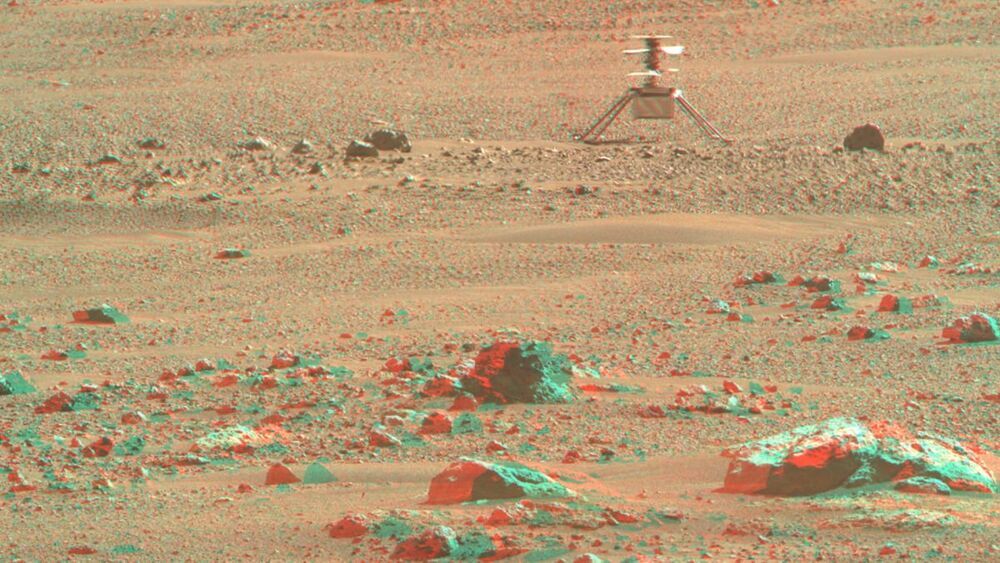Where are the Chinese going to get the energy for this?Not too long ago, China announced an ambitious…
Where are the Chinese going to get the energy for this?
Not too long ago, China announced an ambitious and promising space program. This program included plans for the creation of their own multi-module fully manned orbital space station as well as the construction of reusable space transport systems for manned flights to the moon.
However, upon further investigation, the plans of the Chinese turned out to be much more ambitious than originally anticipated. The achievements of Chinese engineers made the leaders of the space industry (the United States and Russia) worry. This is an example of one of the rare cases in which a country is doing more than it reveals.
Recently, it became known that the Chinese are also developing an ion engine with fundamentally different characteristics than expected. Moreover, China has also begun testing new engines for their spacecraft. It is important to note that this is happening without any fuss in the press whatsoever. It seems like it’s time for us to learn Chinese, ladies and gentlemen!#China #secretly #testing #super #powerful #ion #engines #flights #MarsFor copyright matters please contact us at:




